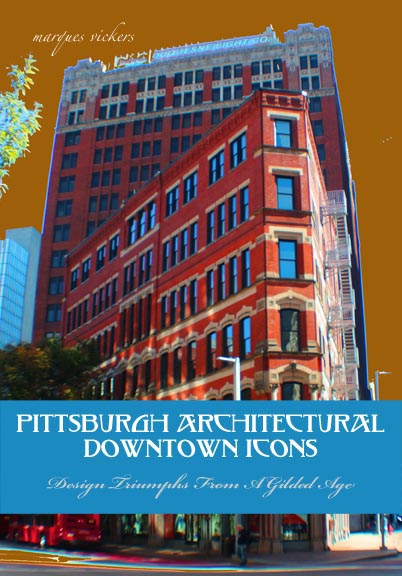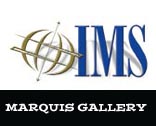
Adobe PDF File eBook Ordered From This Website Will Be Delivered Within 24-48 Hours from your confirmed order as we manually process each order. Thank you for your understanding.
The remaining monolithic downtown towers reflect a valid testament and legacy crowning Pittsburgh’s gilded era. Influential industrialists and financiers such as Andrew Carnegie, H. J. Heinz, Thomas and Andrew Mellon and Henry Clay Frick immortalized their wealth and industry dominance by hiring the era’s premier architecture firms and architects. The results created a concentration of accomplishment and innovation highlighted by aesthetics.
During the late 19th and early 20th century, these capitalist titans dominated the steel, coal, metals, cigar and railroad industries. Streaming revenues, public works projects and abundant employment created a pulsating economy. Department and retail store chains such as Kaufmann’s, Horne’s, Gimbels and G. C. Murphy flourished. In 1955, over 40% of the local workforce was directly tied to manufacturing employment. That sector would become unprepared for the volatile changes prompted by international competition introduced towards the conclusion of the twentieth century.
By the time the steel industry collapsed in the early 1980s, the effects of massive unemployment had already stymied the local economy. Pittsburgh would be compelled to diversify employment emphasis following the Millennium towards high technology, health care, professional services, tourism, finance and education.
This illustrated edition profiles over 85 downtown historic structures that remain local icons built from the earlier prosperous era. The majority has undergone major renovations and identity transformation. The results have created a reinvigorated downtown core that has polished the sheen on many of these remarkable gems.
Among the structures profiled include the renowned William Penn Hotel, Union Trust Building, Arrott Building, Henry Oliver Building, Press House, Heinz Hall, Horne’s and Kauffmann’s Department Stores, Keenan Building, Pittsburgh City Council, Hendel Skinny Building, German National Bank, Park Building and numerous significant others.
.

Marquis Publishing is a publisher of paperback and electronic books.
MARQUIS PUBLISHING
California, USA
1 (707) 712-8062
marques@artsinamerica.com











